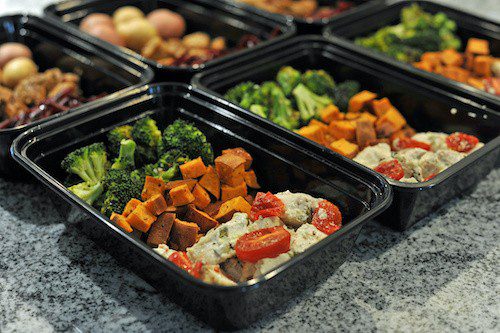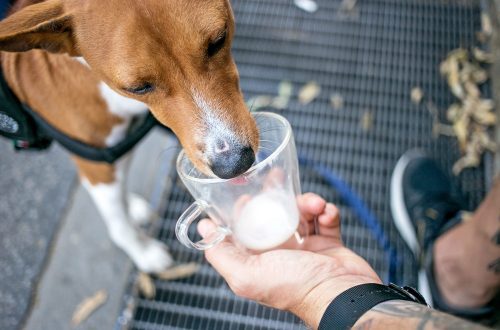
How are prepared meals made?
Needs
The release of any finished diet goes through four stages: development and testing of the recipe, purchase and analysis of raw materials, production, supply.
The first stage involves a large amount of analytical work. In particular, researchers study the palatability of the diet and conduct a physiological test – the digestibility of the product should be at least 80%. Separately, a study is being carried out on food for cats – it should provide prevention of urolithiasis.
Scientific discoveries must be taken into account. For example, in 1982 the Waltham Institute established the optimal amount of taurine to be added to dry and wet prepared foods. Now it is necessarily present in the feed for representatives of this family of animals in the correct amount.
Security
This factor is ensured by careful selection of raw materials and monitoring of production processes. Enterprises for the production of finished feeds use the HACCP, ISO quality control systems, as indicated by the marks on the packaging.
For manufacturing natural meat, offal and other ingredients purchased from trusted suppliers are sent, and for release – the same components, but in dried form.
In order to guarantee the safety of the product, raw materials are additionally examined in the laboratories of enterprises, including for infection with a fungus (mycotoxins).
Naturalness
Producers know that in the wild, predators prefer the insides of their victims to their meat. Pets behave similarly, and cats especially like the liver, dogs – the tripe.
On the wet food production line, the raw material is separated into two streams. The first is sent to prepare the pieces, the second – to make the sauce. Then the streams are mixed, the feed is packaged, sterilized and packaged.
On the line for the production of dry rations, the raw material is first mixed and crushed, which is then extruded – this is how granules of various shapes and sizes are produced. Subsequently, they are dried (in this form they contain no more than 10% moisture), covered with a spray – it is released on a “wet” line – and packaged. The spray is needed to give the rations an attractive flavor for the animal.
Composition
During the manufacturing process, the food is enriched with many nutrients. Therefore, ready-made diets contain fiber, which ensures stable digestion, as well as minerals and vitamins.
Manufacturers take into account the special need of animals for nutrients. So, a dog needs twice as much calcium and potassium as a human. The presence of vitamin A is important for a cat, since it cannot synthesize it from beta-carotene.
If the animal requires a special diet – for example, due to pregnancy, lactation, joint disease or sensitive digestion – the manufacturer provides the food intended for him with the appropriate ingredients. It can be iodine, glucosamine, yucca schidigera extract, and so on.
In the same way, a variety of tastes is provided. Now, cats are offered, in particular, such offers as cream soup Whiskas with beef, Sheba Naturalle chicken and turkey, dogs – Royal Canin, Pedigree with rabbit and turkey, 1st Choice, ANF and Brit – duck, My Lord and Monge BWilde with ostrich, Best Choice with venison.
In industrial diets, all components play an important role, providing the pet with good nutrition.





